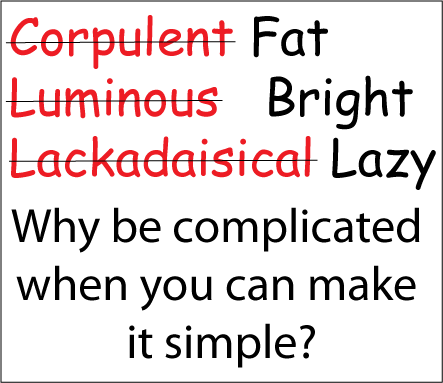Sharing our knowledge with the world is important, not only in scientific articles and specialized conferences. Why always wait for the media to cover scientific advancements, if we’re the experts?
The Public Engagement Team at the Garvan Insitutue of Medical Research has recently organised a series of seminars and workshops, in which they were addressing how to effectively communicate science. I am here sharing my main insights for both visual presentations (i.e. talks) as well as written science communications (blogs, outreach articles).
1. Know your audience!
This has been brought up as a key point multiple times. Different expectations and levels of background knowledge demand that every talk is tailored for its specific audience. For example, a talk on dietary supplements would look very different if delivered to a group of diabetic adults, compared to a group of school kids. Similarly, a blog entry aimed at a wide audience may be kept simpler than an outreach article that is published for a well-educated (but non-expert) readership.
2. Keep it simple!
We work in an environment where those around us understand perfectly well what we’re working on, and why this is so important. However, when prompted try to tell our grandmother in under two minutes what it is that we do, we tend to struggle!
It is impossible to convey all of “your science” within a single talk, or one article. As a rule of thumb, narrow it down – decide on ONE key message, which you can summarize in a single sentence, before you start drafting your talk or article. Only present the information that is most relevant to your audience.
Related to this: de-jargonize. Big or complicated words don’t make you look smart, but it’ll annoy your audience if they can’t follow what you’re saying. Keep in mind that even commonplace words such as significance or theory may have very different meanings in the scientific versus the public domain.
While some technical terminology may be necessary – explain it well, and do it multiple times (differently). Avoid acronyms.
Use examples, analogies, metaphors, anecdotes to make your research relevant and accessible. Relate to people using stories. Be authentic and honest, telling a bit about yourself might help the audience to connect.
3. Be confident & enthusiastic
Passion spreads – so if you want the audience to be excited about your research, use your body language, engage with the audience, and make eye contact. Speak clearly and slowly (despite the passion). Never fear pausing. Apparently the use of planned pauses conveys greater competence in a presenter, and it gives your audience some time to process and understand some of your more complex concepts.
To keep your readers engaged, bear in mind that today’s reading audience does not have much time, and is easily bored and distracted. Therefore, start with the exciting bits! Bring up your main message first, and follow journalism’s rule of the 5W’s: Who – What – When – Where – Why. Only then present important details, and background follows last, opposite to what you’re used to from your standard scientific publication.
Practical hints
- Design your 1 sentence key message before doing anything else
- Check out how complicated your language is: use the De-jargonizer at http://scienceandpublic.com/ to identify where you could do better
- Practise! In from of the mirror, with adult family members, with 5year olds.


 RSS Feed
RSS Feed